
Lope National Park: A Wilderness Paradise in Gabon
Explore the untamed beauty of Lope National Park in Gabon, a UNESCO World Heritage site teeming with wildlife, unique landscapes, and rich cultural history.
Lope National Park, located in the heart of Gabon, is a UNESCO World Heritage site that offers a unique blend of savannah and rainforest. This spectacular park covers an area of around 4,910 square kilometers and is home to a rich diversity of wildlife, including elephants, gorillas, and over 400 bird species. The landscape is a mesmerizing mix of rolling hills, dense forests, and expansive savannahs, providing a stunning backdrop for nature enthusiasts and adventure seekers alike. Visitors to Lope National Park can embark on thrilling safaris to catch a glimpse of the park's many inhabitants. The park is particularly famous for its large population of mandrills, which can often be seen in large troops. Bird watchers will be in paradise here, with a chance to spot rare and endemic species flitting through the trees. Additionally, the park is dotted with ancient archaeological sites, offering a glimpse into the region's rich cultural history. For those seeking a more immersive experience, guided treks through the rainforest provide an opportunity to explore the park's lush vegetation and discover hidden waterfalls. The Ogooué River, which winds its way through the park, offers the perfect setting for a peaceful boat ride or a spot of fishing. Whether you're a wildlife enthusiast, a history buff, or simply looking for a tranquil escape, Lope National Park promises an unforgettable adventure in one of Africa's most pristine natural environments.
Local tips in Lope National Park
- Visit during the dry season (June to September) for the best wildlife viewing opportunities.
- Hire a local guide to enhance your experience and improve your chances of spotting rare animals.
- Bring insect repellent and wear long sleeves to protect against mosquitoes and other insects.
- Pack binoculars and a camera with a good zoom lens for bird watching and wildlife photography.
- Check out the park's archaeological sites to learn about the ancient civilizations that once inhabited the area.
Lope National Park: A Wilderness Paradise in Gabon
Lope National Park, located in the heart of Gabon, is a UNESCO World Heritage site that offers a unique blend of savannah and rainforest. This spectacular park covers an area of around 4,910 square kilometers and is home to a rich diversity of wildlife, including elephants, gorillas, and over 400 bird species. The landscape is a mesmerizing mix of rolling hills, dense forests, and expansive savannahs, providing a stunning backdrop for nature enthusiasts and adventure seekers alike. Visitors to Lope National Park can embark on thrilling safaris to catch a glimpse of the park's many inhabitants. The park is particularly famous for its large population of mandrills, which can often be seen in large troops. Bird watchers will be in paradise here, with a chance to spot rare and endemic species flitting through the trees. Additionally, the park is dotted with ancient archaeological sites, offering a glimpse into the region's rich cultural history. For those seeking a more immersive experience, guided treks through the rainforest provide an opportunity to explore the park's lush vegetation and discover hidden waterfalls. The Ogooué River, which winds its way through the park, offers the perfect setting for a peaceful boat ride or a spot of fishing. Whether you're a wildlife enthusiast, a history buff, or simply looking for a tranquil escape, Lope National Park promises an unforgettable adventure in one of Africa's most pristine natural environments.
When is the best time to go to Lope National Park?
Iconic landmarks you can’t miss
Lopé National Park
Explore the enchanting wilderness of Lopé National Park, a UNESCO World Heritage site teeming with wildlife and stunning landscapes in the heart of Gabon.
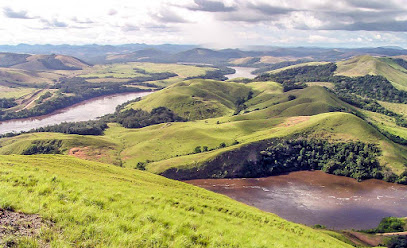
Ecosysteem en cultuurlandschap van Lopé-Okanda
Experience the unparalleled beauty of Lopé-Okanda National Park, where diverse ecosystems and rich cultural landscapes await adventurous travelers.

Unmissable attractions to see
Lope National Park Entrance
Explore the breathtaking landscapes and rich biodiversity of Lope National Park, Gabon's hidden gem and a UNESCO World Heritage site.
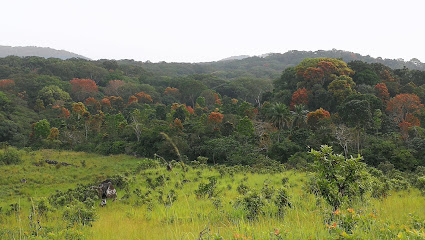
Mont Brazza Lopé
Discover Mont Brazza Lopé: A stunning natural attraction in Libreville, Gabon, blending breathtaking views with rich cultural experiences.

Beau lieu
Experience the serene beauty of Beau Lieu, a hidden garden oasis in Gabon, perfect for nature lovers and peaceful retreats.

Ecosysteem en cultuurlandschap van Lopé-Okanda
Explore the breathtaking Lopé-Okanda National Park, a UNESCO World Heritage site filled with diverse wildlife and rich cultural history.

Essential places to dine
Chez Jeannot
Experience authentic Gabonese cuisine at Chez Jeannot in Libreville – where every dish tells a story.
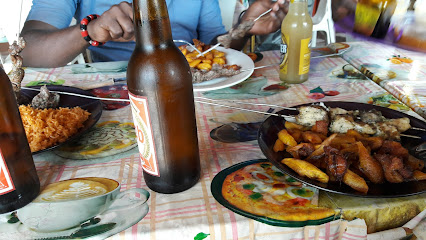
La Voile Rouge
Experience the vibrant flavors of Gabon at La Voile Rouge, a premier restaurant in Libreville offering authentic local cuisine in a welcoming setting.
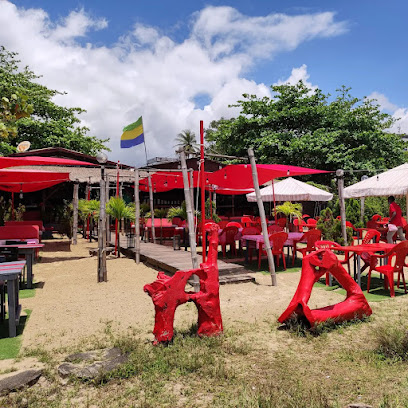
Beach Club
Discover Beach Club in Libreville: A Culinary Fusion of French & African Delights with Stunning Ocean Views.
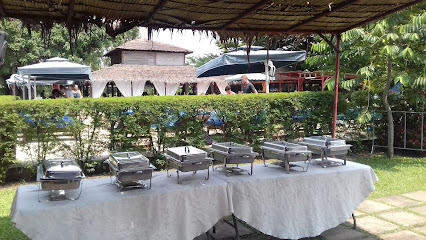
Le Moulin d'Okala
Discover the culinary delights of Le Moulin d'Okala in Libreville—where bakery meets bar in a unique dining experience.
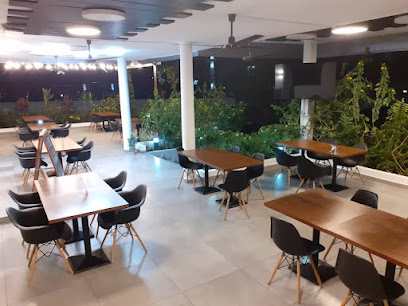
ONOMO Hotel Libreville
Discover modern luxury at ONOMO Hotel Libreville – where comfort meets Gabonese charm in the heart of Libreville.
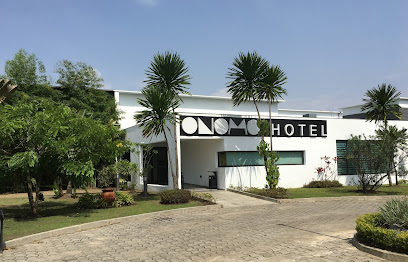
Lamaia Lounge Bar & Restaurant
Experience the vibrant atmosphere and exquisite flavors at Lamaia Lounge Bar & Restaurant in Libreville – a true culinary delight!
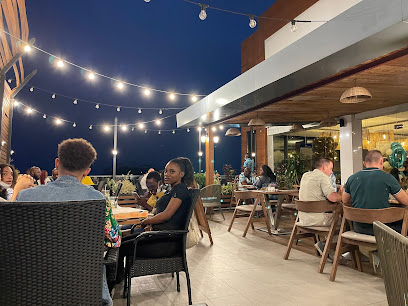
Delektable
Discover the rich flavors of Gabon at Delektable, Libreville's top restaurant offering a mix of local and international cuisine.
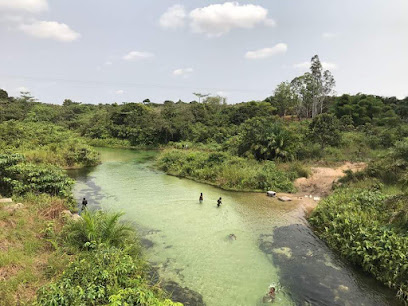
Amigo's Restaurant
Discover authentic Gabonese cuisine at Amigo's Restaurant in Libreville, where every meal is a celebration of local flavors.
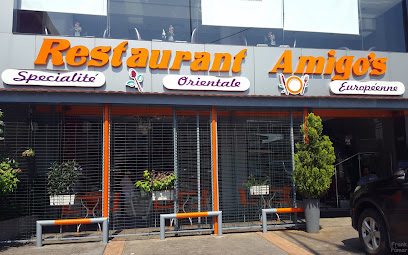
L'Odika
Discover authentic African flavors at L'Odika in Libreville—where every dish tells a story and every meal is a celebration.

L’iroko
Experience authentic Gabonese cuisine in a serene lounge setting at L’iroko in Libreville.

King of Tacos
Experience authentic Mexican cuisine at King of Tacos in Libreville - a vibrant restaurant offering delicious tacos and warm hospitality.
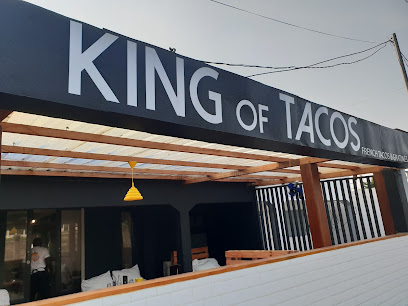
Restaurant LYNN'S
Discover culinary delights at Restaurant LYNN'S in Libreville—where local flavors meet international cuisine in an inviting atmosphere.
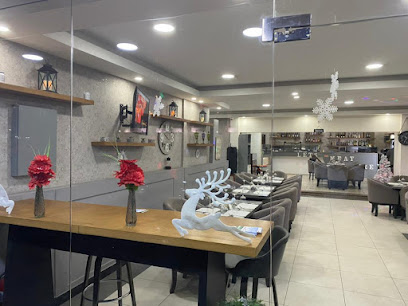
Le Phare Du Large
Discover authentic Gabonese flavors at Le Phare Du Large in Libreville – where tradition meets contemporary dining.
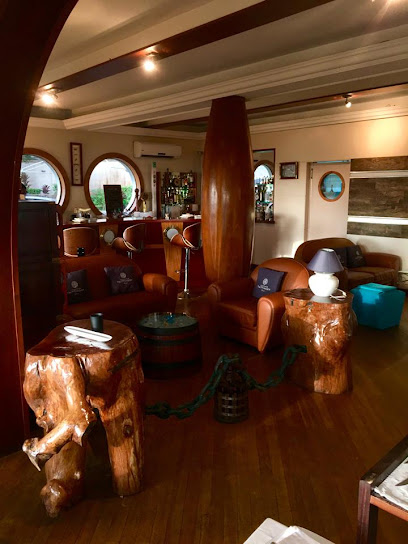
Restaurant Nouveau Petit Chalut
Experience the vibrant flavors of Gabon at Restaurant Nouveau Petit Chalut, where local cuisine meets international flair in a charming setting.

Joe's Restaurant & Bar
Experience the flavors of Gabon at Joe's Restaurant & Bar in Port-Gentil - where culinary traditions meet vibrant atmosphere.
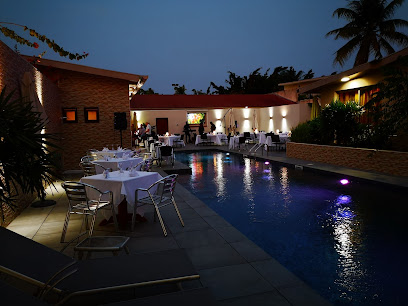
Markets, malls and hidden boutiques
Village des Artisans
Explore the vibrant Village des Artisans in Libreville for authentic Gabonese handicrafts and a unique cultural experience.
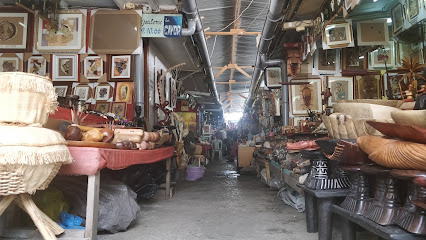
Cecado Glass
Discover Cecado Glass, a bustling supermarket in Libreville, offering a wide array of local and international products for all your shopping needs.

Lopé National Park
Explore the breathtaking biodiversity and rich cultural heritage of Lopé National Park, Gabon's natural treasure.
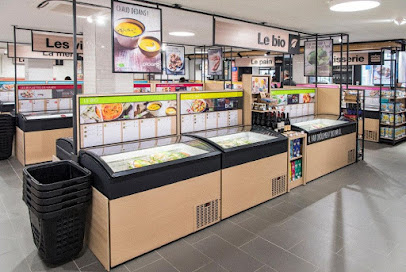
Ndjolé market
Discover the heart of Ndjolé at its vibrant market, filled with local crafts, fresh produce, and authentic cultural experiences.
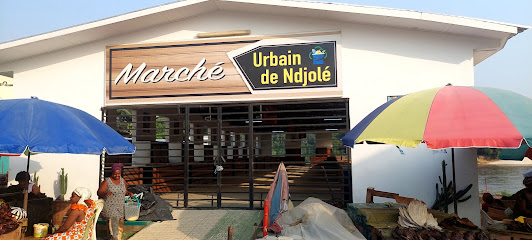
Hotel de la Lope
Hotel de la Lope: Your Comfortable Retreat in Boléko with Modern Amenities and Local Charm.

LES CHOCOLATS GABONAIS DE JULIE
Discover the artisan chocolate haven of Les Chocolats Gabonais de Julie in Libreville, where exquisite flavors meet local craftsmanship.
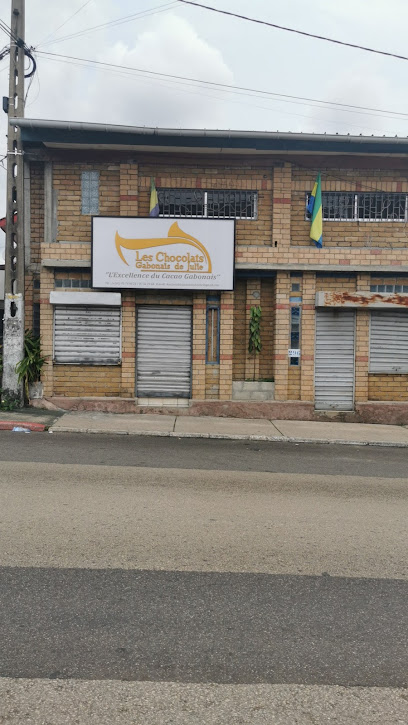
Les petits pots de l'Ogooué
Savor the authentic taste of Gabon at Les Petits Pots de l'Ogooué, a deli offering artisanal delicacies in Libreville's vibrant culinary scene.

Lope National Park Entrance
Explore the majestic Lope National Park, a UNESCO World Heritage site filled with diverse wildlife and stunning landscapes in Gabon.
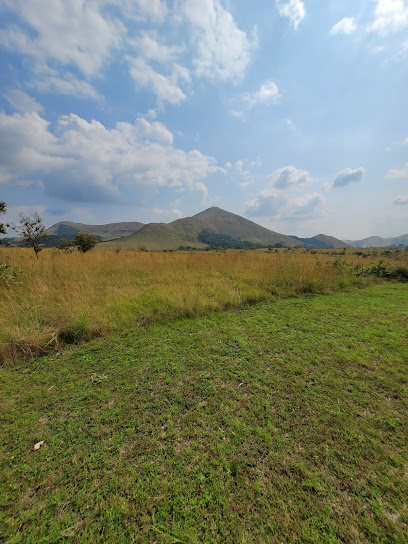
OKANI CONCEPT STORE
Explore the OKANI Concept Store in Libreville for unique local crafts and modern fashion that reflects Gabonese culture.
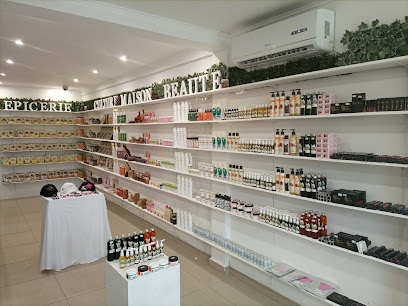
Toasted Towers
Explore the vibrant world of gaming at Toasted Towers, Ancien Founa's premier game store offering a cozy atmosphere and diverse game selection.

Pattiserie Hassan
Discover the delightful flavors of Pattiserie Hassan in Ndjole, where aromatic coffee and exquisite pastries await every visitor.

Franceville
Experience the vibrant culture and exquisite coffee at Franceville, a must-visit destination in Gabon for all coffee lovers.

Autour (coupes coupésNdjolé)
Discover the authentic flavors of Ndjolé at Autour, a local butcher shop offering the finest meats and culinary experiences.

Hillakings Electronics Gabon
Explore Hillakings Electronics Gabon, your ultimate destination for musical instruments and gear in Oloumi, offering a diverse selection for all music enthusiasts.
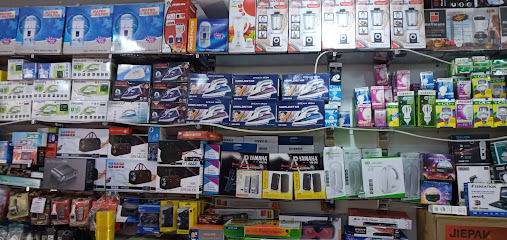
Maman SYLVIE
Explore Maman SYLVIE, a vibrant produce market offering fresh local fruits, vegetables, and a taste of authentic community culture.

Essential bars & hidden hideouts
Lamaia Lounge Bar & Restaurant
Discover the vibrant atmosphere of Lamaia Lounge Bar & Restaurant in Libreville, where French culinary delights meet a relaxing lounge experience.
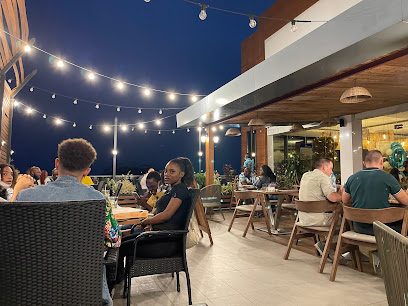
L’iroko
Experience the vibrant taste of Gabonese cuisine at L’iroko, a cultural gem in Libreville with a lively atmosphere and delicious dishes.
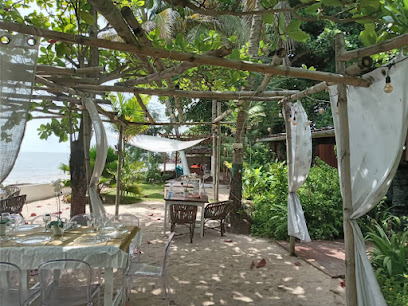
Yoka Sports Bar
Discover the vibrant atmosphere of Yoka Sports Bar in Libreville, where local culture meets refreshing drinks and friendly faces.
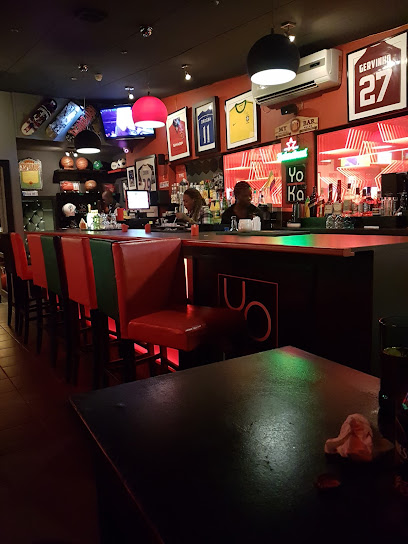
The Lantern
Discover the vibrant flavors of Libreville at The Lantern, a tapas bar offering a unique culinary experience in Quartier Louis.
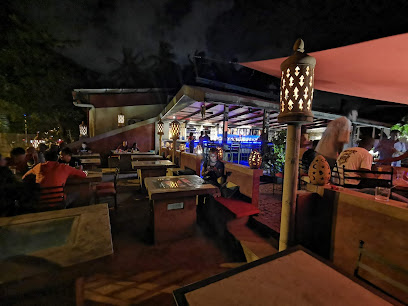
Entre nous Restaurant & Bar
Discover the flavors of Gabon at Entre Nous Restaurant & Bar, a vibrant spot in Libreville for food lovers and social butterflies alike.
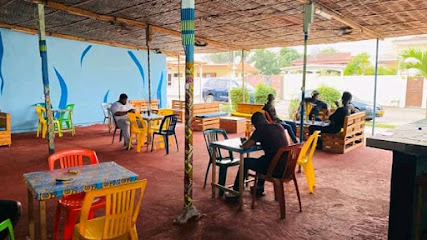
Yoka_Lounge
Discover Yoka Lounge in Libreville - a chic haven for relaxation, offering a blend of local and international flavors in a stylish ambiance.

OKLM Bar Lounge
Experience the vibrant nightlife of Libreville at OKLM Bar Lounge, your go-to spot for drinks, ambiance, and social gatherings.
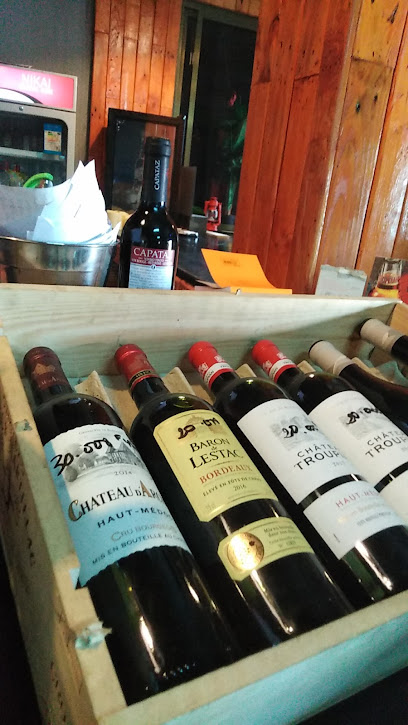
Œ Délices de Princess Essansia
Experience the vibrant culture of Booué at Œ Délices de Princess Essansia, a cozy bar offering a delightful selection of local beverages and a welcoming atmosphere.
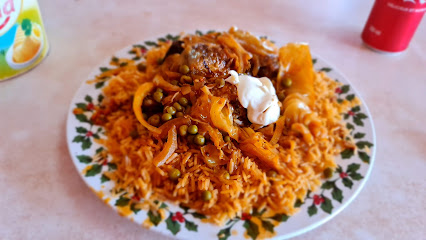
La maison mère
Experience the rich culinary heritage of Boléko at La Maison Mère, where local flavors and warm hospitality come together for an unforgettable dining experience.
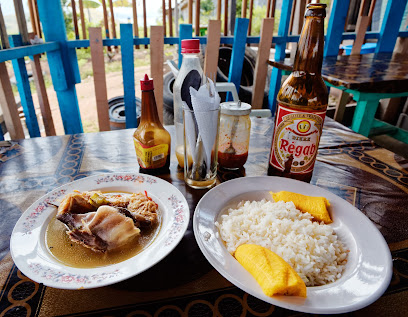
En face de la SEEG
Discover the authentic flavors of Gabon at En Face de la SEEG, a restaurant in Ndjole offering traditional dishes in a vibrant setting.
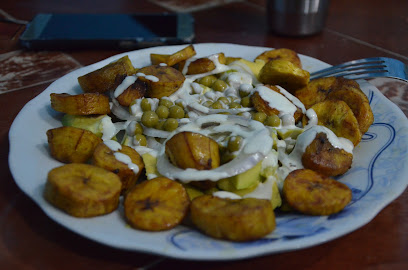
Restaurant traditionnel
Experience authentic local flavors at a traditional restaurant in N2, where each dish tells a story of culinary heritage.
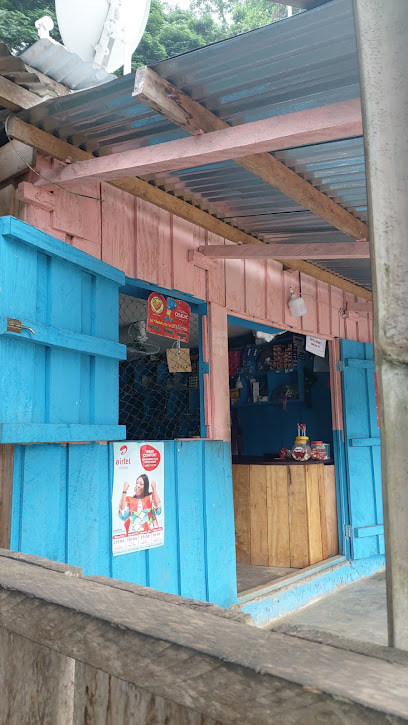
Marquee Bar Lounge Restaurant
Discover the vibrant ambiance and exquisite flavors at Marquee Bar Lounge Restaurant in Libreville, where local culture meets culinary excellence.
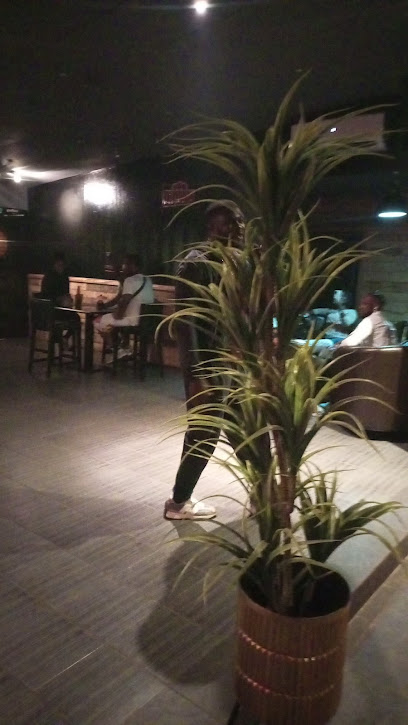
Cap Renaissances
Experience the lively nightlife of Gabon at Cap Renaissances, where refreshing drinks and a vibrant atmosphere await every visitor.

Embouchure bar
Experience the lively atmosphere and local flavors at Embouchure Bar in Ndjole, a perfect spot for relaxation and socializing.
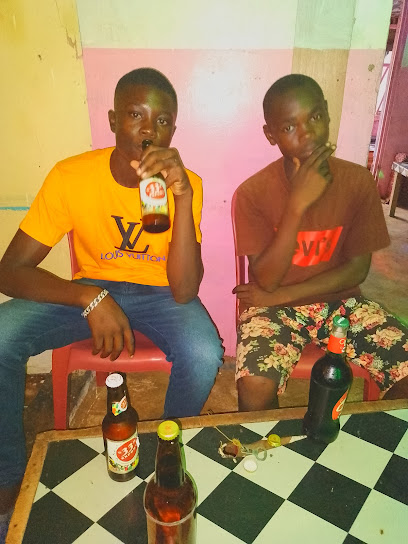
Animal husbandry
Experience the vibrant culture and unique atmosphere at Dudu's Animal Husbandry Pub, a must-visit destination for every traveler.

Local Phrases about Lope National Park
-
- HelloBoungou
[boo-ngoo] - GoodbyeOyemane
[oye-mah-nay] - YesAyé
[ah-yay] - NoNoué
[noo-ay] - Please/You're welcomeMwèndzé
[mwehn-zay] - Thank youMéyé
[may-yay] - Excuse me/SorryNdzombé
[n-zom-bay] - How are you?Médzé
[may-zay] - Fine. And you?Méyé. Oyé?
[may-yay. oye?] - Do you speak English?Médzé ndzé Anglais?
[may-zay en-glay?] - I don't understandMédzé ndzé éké
[may-zay en-kay]
- HelloBoungou
-
- I'd like to see the menu, pleaseMédzé ndzé léndzé ngoné, mwehndzé
[may-zay en-day ngo-nay, mwehn-zay] - I don't eat meatMédzé ndzé léndzé môkô
[may-zay en-day moh-koh] - Cheers!Bwâ
[bwah] - I would like to pay, pleaseMédzé ndzé lôndzé, mwehndzé
[may-zay en-day lohn-day, mwehn-zay]
- I'd like to see the menu, pleaseMédzé ndzé léndzé ngoné, mwehndzé
-
- Help!Ndzé!
[n-zay] - Go away!Odzô!
[oh-dzoh] - Call the Police!Médzé ngoné ndzé Police!
[may-zay ngo-nay en-day po-lees] - Call a doctor!Médzé ngoné Dôktô!
[may-zay ngo-nay dohk-toh] - I'm lostMédzé ndzé éké
[may-zay en-kay] - I'm illMédzé ndzé wô
[may-zay en-day woh]
- Help!Ndzé!
-
- I'd like to buy...Médzé ndzé lôndzé...
[may-zay en-day lohn-day...] - I'm just lookingMédzé lôndzé
[may-zay lohn-day] - How much is it?Médzé mbô?
[may-zay m-boh] - That's too expensiveMbô ndzé éké
[m-boh en-kay] - Can you lower the price?Médzé ndzé lôndzé mbô édzô?
[may-zay en-day lohn-day m-boh ed-zoh]
- I'd like to buy...Médzé ndzé lôndzé...
-
- What time is it?Médzé mbô mbô?
[may-zay m-boh m-boh] - It's one o'clockNdzé mbô môkô
[n-zay m-boh moh-koh] - Half past (10)Médzé mbô mâlâ
[may-zay m-boh mah-lah] - MorningNgâ
[ngah] - AfternoonMédzé
[may-zay] - EveningNzô
[n-zoh] - YesterdayMbôngô
[m-bohn-goh] - TodayMô
[moh] - TomorrowMwâ
[mwah] - 1Môkô
[moh-koh] - 2Mbô
[m-boh] - 3Mâlâ
[mah-lah] - 4Mvû
[m-voo] - 5Môlô
[moh-loh] - 6Môsô
[moh-soh] - 7Môzê
[moh-zay] - 8Môwô
[moh-woh] - 9Mômbô
[mohm-boh] - 10Môndzé
[mohn-zay]
- What time is it?Médzé mbô mbô?
-
- Where's a/the...?Médzé mbô a/nyô...?
[may-zay m-boh ah/nyoh...] - What's the address?Médzé mbô èdô?
[may-zay m-boh ay-doh] - Can you show me (on the map)?Médzé ndzé ngoné (mbôtè)?
[may-zay en-day ngo-nay (m-boh-tay)] - When's the next (bus)?Médzé mbô ngômbé (trôlè)?
[may-zay m-boh n-gohm-bay (troh-lay)] - A ticket (to ....)Ndzombé (mbô ....)
[n-zom-bay (m-boh)]
- Where's a/the...?Médzé mbô a/nyô...?
History of Lope National Park
-
Lope National Park is home to some of the oldest archaeological sites in Central Africa. Evidence of human habitation dating back to the Paleolithic era has been found here. Stone tools and other artifacts suggest that early humans used the region's rich resources for sustenance and shelter.
-
During the Iron Age, approximately 2,500 years ago, the region that is now Lope National Park saw significant human activity. Archaeological discoveries, including iron smelting furnaces and pottery, indicate the presence of advanced societies that utilized the region’s resources for metalworking and trade.
-
In the late 19th and early 20th centuries, European explorers and colonizers ventured into the area now known as Lope National Park. The French colonial administration established outposts and conducted surveys, aiming to map the region and exploit its natural resources. This period saw the intersection of indigenous cultures and European powers.
-
In 1946, the French colonial government established the Lope-Okanda Wildlife Reserve to protect the region's rich biodiversity. This marked the beginning of formal conservation efforts in the area, aimed at preserving its unique ecosystems and diverse species, including elephants, gorillas, and numerous bird species.
-
In 2007, the Lope-Okanda landscape was designated a UNESCO World Heritage Site. This recognition highlighted the park's outstanding universal value, encompassing both its rich biodiversity and significant archaeological sites. The designation brought global attention to the need for conservation and sustainable management of the area.
-
Lope National Park remains culturally significant to the indigenous peoples of Gabon. Various ethnic groups, including the Tsogho and Mitsogho, have historical and spiritual connections to the land. Traditional practices, such as hunting and gathering, continue to be part of their way of life, and the park holds sacred sites important to their cultural heritage.
Lope National Park Essentials
-
Lope National Park is located in central Gabon. The nearest major city is Libreville, which has the main international airport, Léon-Mba International Airport (LBV). From Libreville, you can take a domestic flight to Lopé (Lopé Airport, LTL), or choose a more scenic route by train, which travels through the Trans-Gabon Railway. The train journey from Libreville to Lopé takes around 5-7 hours and offers picturesque views of Gabon's forests and savannahs.
-
Within Lope National Park, the most common means of transportation are 4x4 vehicles, which are suitable for navigating the park's varied terrain. Guided tours often include transportation, and it's advisable to book these in advance. For exploring nearby villages, local taxis and motorbikes can be used, but it's best to arrange these through your accommodation to ensure reliability and safety.
-
The official currency in Gabon is the Central African CFA franc (XAF). Credit cards are accepted in major hotels and some restaurants in larger cities, but in and around Lope National Park, cash is essential. ATMs are scarce, so it’s wise to withdraw enough cash in Libreville before traveling to the park. Ensure you have small denominations for easier transactions.
-
Lope National Park is generally safe for tourists, but standard travel precautions should always be taken. Avoid walking alone at night, especially in isolated areas. Petty theft can occur, so keep your belongings secure and be cautious in crowded places. Areas outside the park, particularly in some neighborhoods of larger cities, can have higher crime rates; it’s best to stay informed and seek local advice.
-
In case of an emergency, dial 177 for police assistance or 18 for medical emergencies. The nearest medical facilities are in the town of Lopé, but for serious medical issues, it’s advisable to return to Libreville. Travel insurance that covers medical emergencies is strongly recommended. Keep a list of important contacts, including your country's embassy or consulate in Gabon.
-
Fashion: Do wear comfortable, breathable clothing suitable for a tropical environment. Avoid overly revealing attire. Religion: Do respect local customs and traditions, particularly in villages. Public Transport: Do be polite and patient. Public transport can be crowded and schedules may not always be reliable. Greetings: Do greet people with a friendly 'Bonjour' or 'Bonsoir'. A handshake is common. Eating & Drinking: Do try local dishes and accept food and drink offerings graciously. Don't refuse hospitality, as it is considered impolite.
-
To experience Lope National Park like a local, consider hiring a local guide. They can provide invaluable insights into the park's wildlife and history. Visit local markets to buy fresh produce and handmade crafts. Participate in village festivals if your visit coincides with one. Engage with locals, who are often eager to share stories and traditions. Don’t miss the opportunity to witness the rich biodiversity, including gorillas, elephants, and a variety of bird species.
Nearby Cities to Lope National Park
-
Things To Do in Libreville
-
Things To Do in Bitam
-
Things To Do in Mbini
-
Things To Do in Ebolowa
-
Things To Do in Kribi
-
Things To Do in Yaoundé
-
Things To Do in Edea
-
Things To Do in Santo Antonio
-
Things To Do in Douala
-
Things To Do in Sao Tome City
-
Things To Do in Ribeira Afonso
-
Things To Do in Trindade
-
Things To Do in Luba
-
Things To Do in Angolares
-
Things To Do in Guadalupe







